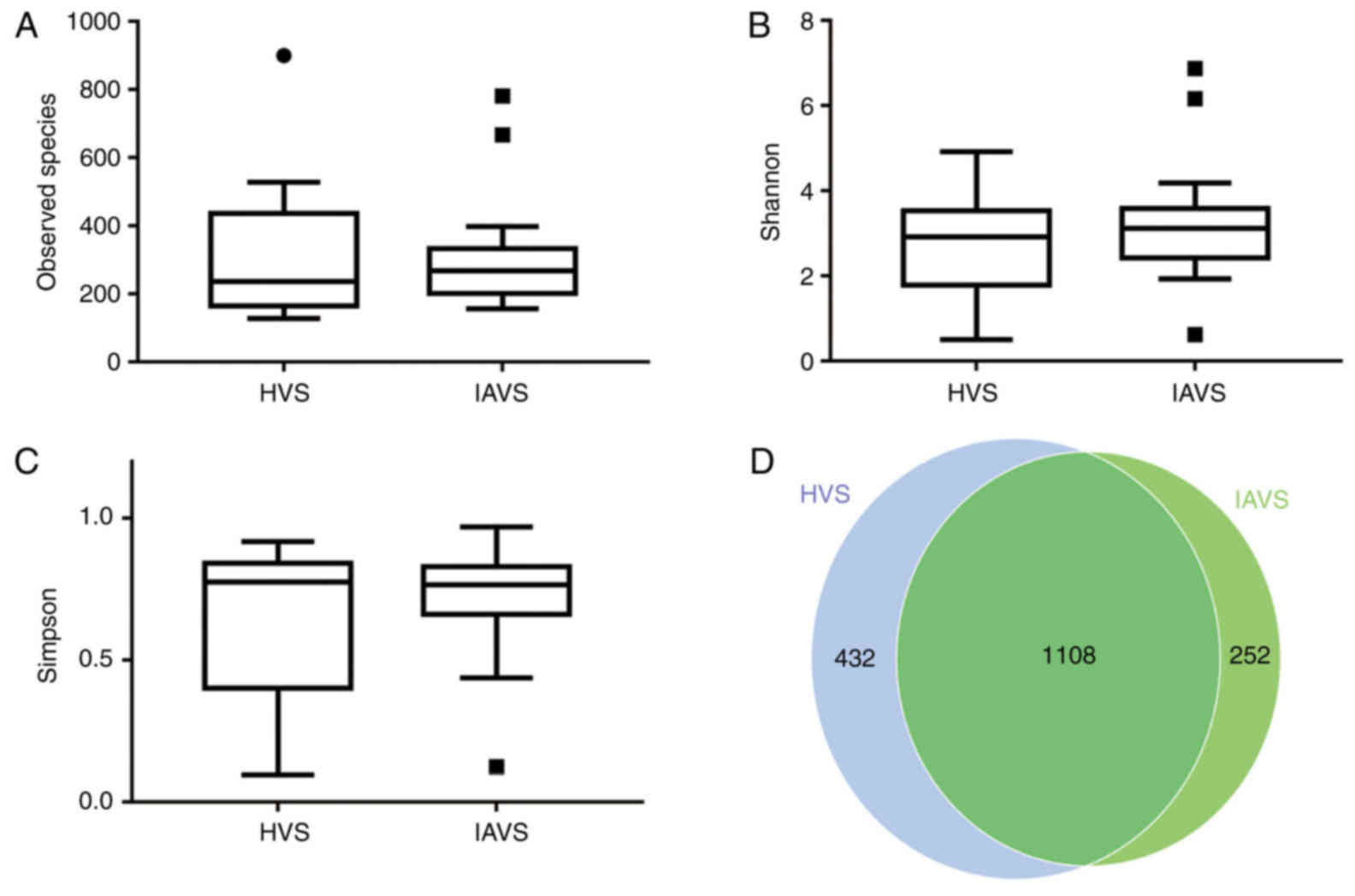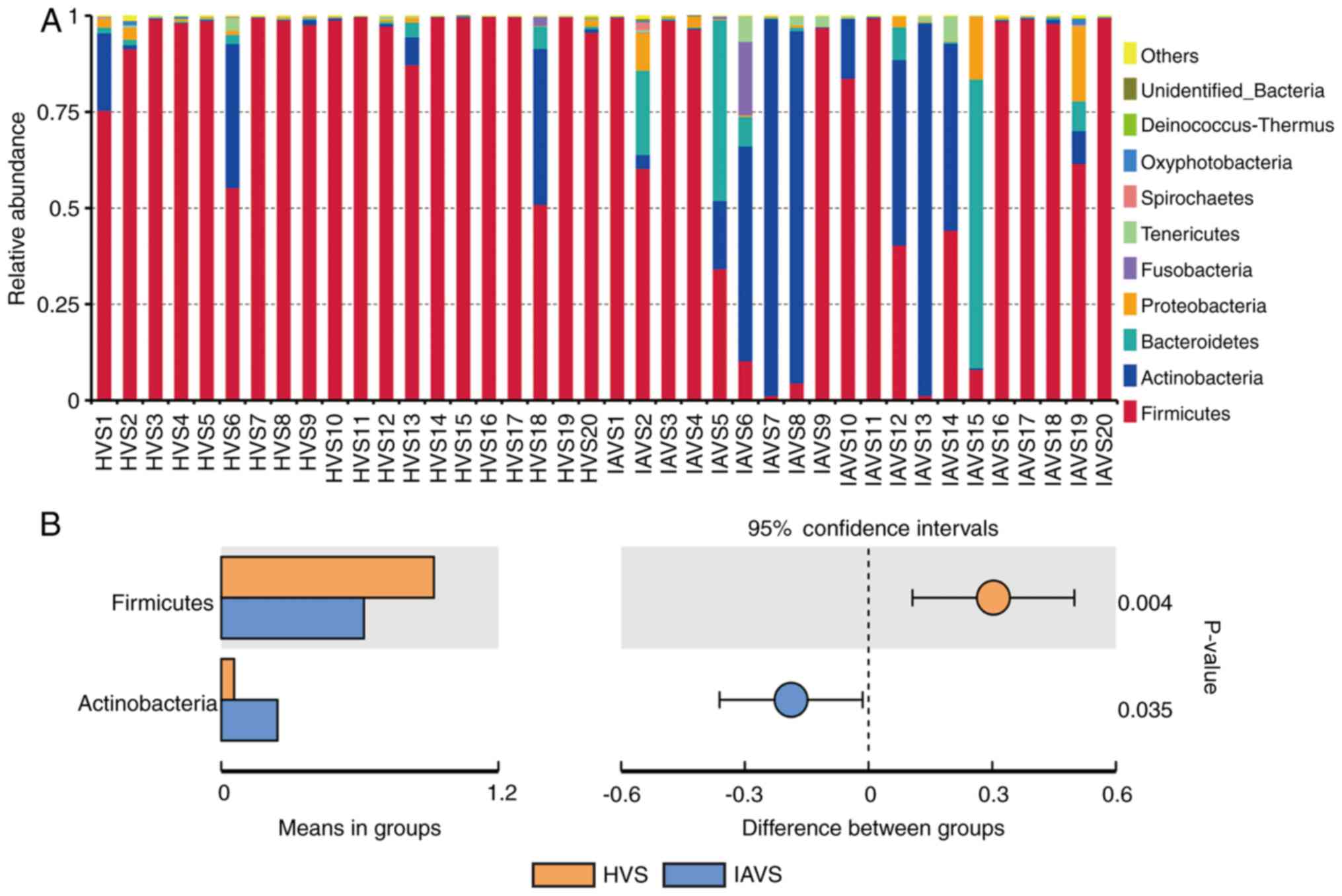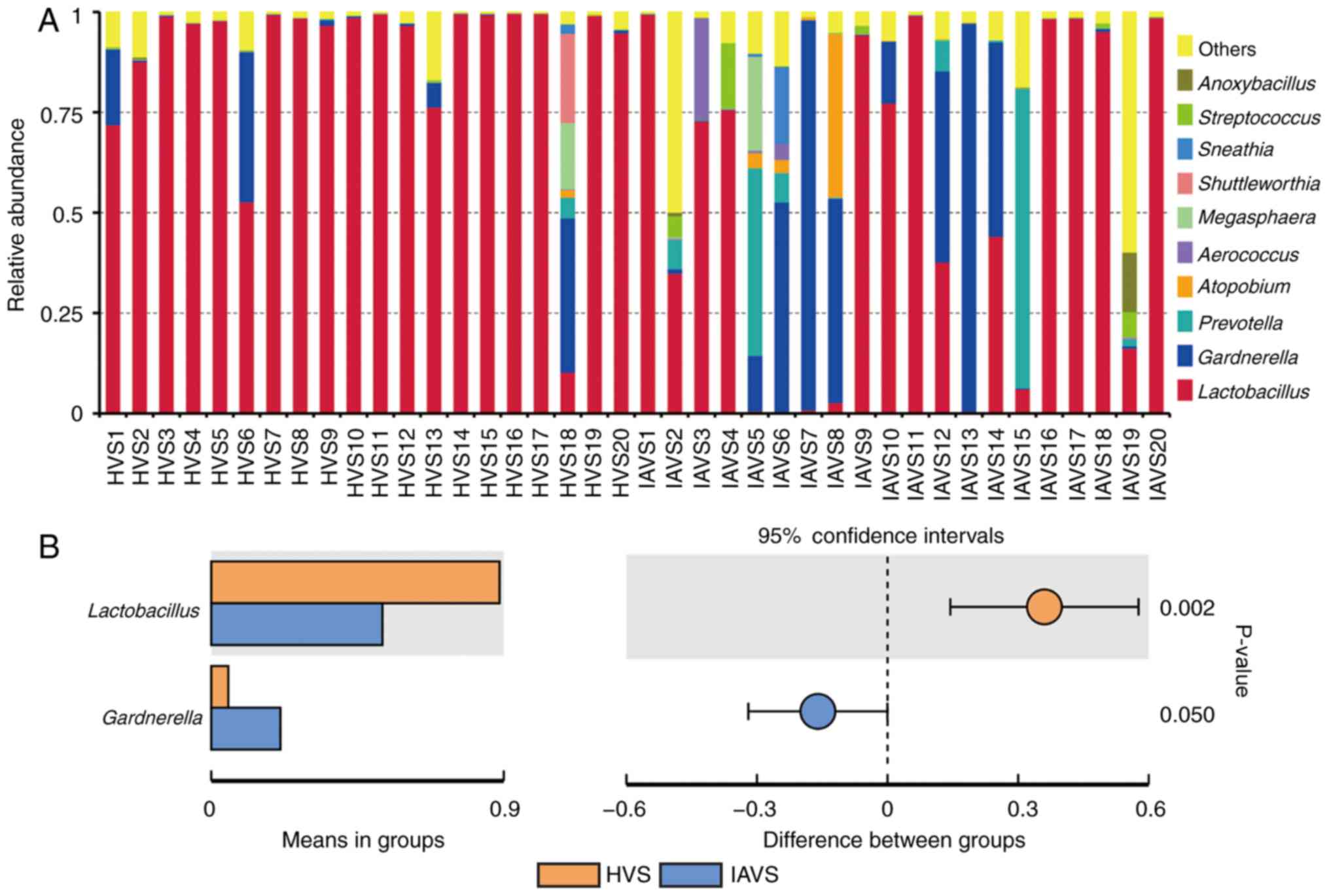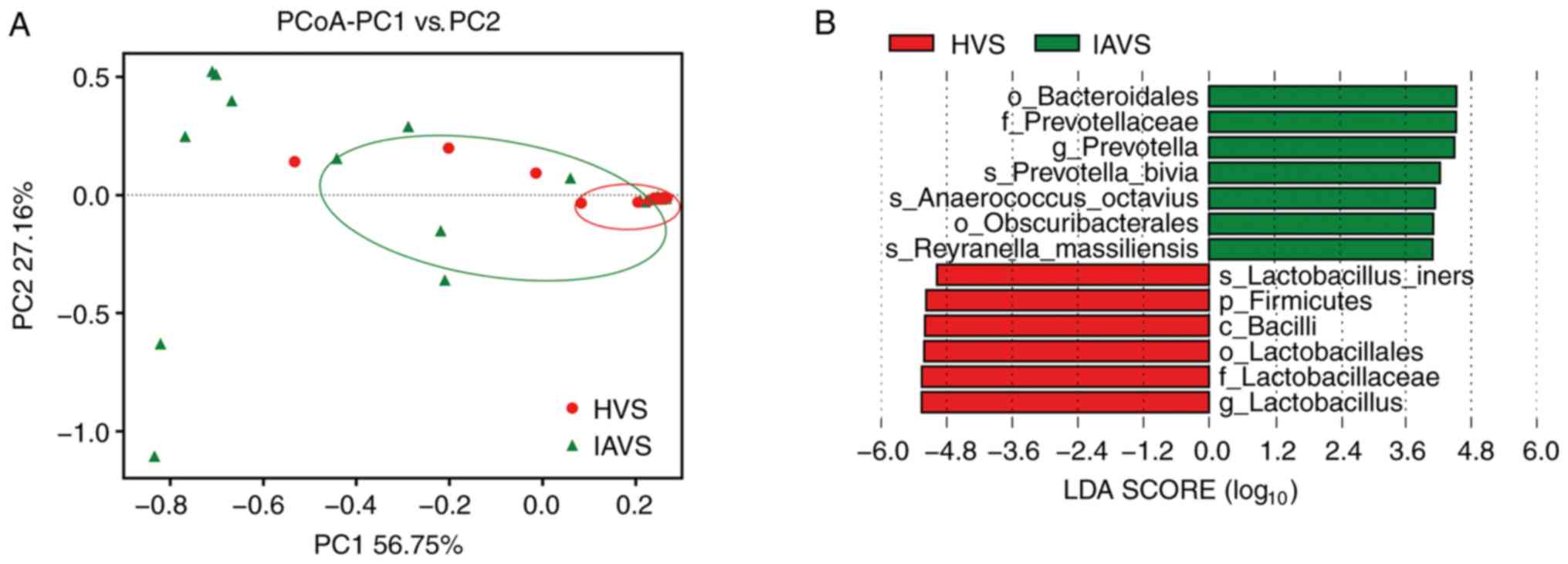|
1
|
Salma U, Xue M, Sheikh SA, Guan X, Xu B,
Zhang A, Huang L and Xu D: Role of transforming growth factor-β1
and smads signaling pathway in intrauterine adhesion. Mediators
Inflamm. 2016. View Article : Google Scholar : PubMed/NCBI
|
|
2
|
Chi Y, He P, Lei L, Lan Y, Hu J, Meng Y
and Hu L: Transdermal estrogen gel and oral aspirin combination
therapy improves fertility prognosis via the promotion of
endometrial receptivity in moderate to severe intrauterine
adhesion. Mol Med Rep. 17:6337–6344. 2018.PubMed/NCBI
|
|
3
|
Schenker JG: Etiology of and therapeutic
approach to synechia uteri. Eur J Obstet Gynecol Reprod Biol.
65:109–113. 1996. View Article : Google Scholar : PubMed/NCBI
|
|
4
|
Menzies D: Postoperative adhesions: Their
treatment and relevance in clinical practice. Ann R Coll Surg Engl.
75:147–153. 1993.PubMed/NCBI
|
|
5
|
Pabuccu R, Onalan G, Kaya C, Selam B,
Ceyhan T, Ornek T and Kuzudisli E: Efficiency and pregnancy outcome
of serial intrauterine device-guided hysteroscopic adhesiolysis of
intrauterine synechiae. Fertil Steril. 90:1973–1977. 2008.
View Article : Google Scholar : PubMed/NCBI
|
|
6
|
Nunn KL and Forney LJ: Unraveling the
dynamics of the human vaginal microbiome. Yale J Biol Med.
89:331–337. 2016.PubMed/NCBI
|
|
7
|
Chen H, Luo T, Chen T and Wang G: Seminal
bacterial composition in patients with obstructive and
non-obstructive azoospermia. Exp Ther Med. 15:2884–2890.
2018.PubMed/NCBI
|
|
8
|
van de Wijgert JHHM: The vaginal
microbiome and sexually transmitted infections are interlinked:
Consequences for treatment and prevention. PLoS Med.
14:e10024782017. View Article : Google Scholar : PubMed/NCBI
|
|
9
|
Witkin SS and Linhares IM: Why do
lactobacilli dominate the human vaginal microbiota? BJOG.
124:606–611. 2017. View Article : Google Scholar : PubMed/NCBI
|
|
10
|
Kenyon C, Colebunders R and Crucitti T:
The global epidemiology of bacterial vaginosis: A systematic
review. Am J Obstet Gynecol. 209:505–523. 2013. View Article : Google Scholar : PubMed/NCBI
|
|
11
|
Bradshaw CS and Sobel JD: Current
treatment of bacterial vaginosis-limitations and need for
innovation. J Infect Dis. 214 (Suppl 1):S14–S20. 2016. View Article : Google Scholar : PubMed/NCBI
|
|
12
|
Hay PE, Lamont RF, Taylor-Robinson D,
Morgan DJ, Ison C and Pearson J: Abnormal bacterial colonisation of
the genital tract and subsequent preterm delivery and late
miscarriage. BMJ. 308:295–298. 1994. View Article : Google Scholar : PubMed/NCBI
|
|
13
|
Yu X, Wu X, Qiu L, Wang D, Gan M, Chen X,
Wei H and Xu F: Analysis of the intestinal microbial community
structure of healthy and long-living elderly residents in Gaotian
Village of Liuyang City. Appl Microbiol Biotechnol. 99:9085–9095.
2015. View Article : Google Scholar : PubMed/NCBI
|
|
14
|
Xu J, Lian F, Zhao L, Zhao Y, Chen X,
Zhang X, Guo Y, Zhang C, Zhou Q, Xue Z, et al: Structural
modulation of gut microbiota during alleviation of type 2 diabetes
with a Chinese herbal formula. ISME J. 9:552–562. 2015. View Article : Google Scholar : PubMed/NCBI
|
|
15
|
Bolger A, Lohse M and Usadel B:
Trimmomatic: A flexible trimmer for Illumina sequence data.
Bioinformatics. 30:2114–2120. 2014. View Article : Google Scholar : PubMed/NCBI
|
|
16
|
Edgar RC: UPARSE: Highly accurate OTU
sequences from microbial amplicon reads. Nat Methods. 10:996–998.
2013. View Article : Google Scholar : PubMed/NCBI
|
|
17
|
Magurran AE: Measuring Biological
Diversity. Wiley-Blackwell; Hoboken, NJ: 2004
|
|
18
|
Caporaso JG, Kuczynski J, Stombaugh J,
Bittinger K, Bushman FD, Costello EK, Fierer N, Peña AG, Goodrich
JK and Gordon JI: QIIME allows analysis of high-throughput
community sequencing data. Nat Methods. 7:335–336. 2010. View Article : Google Scholar : PubMed/NCBI
|
|
19
|
Afgan E, Baker D, Batut B, van den Beek M,
Bouvier D, Cech M, Chilton J, Clements D, Coraor N, Grüning BA, et
al: The Galaxy platform for accessible, reproducible and
collaborative biomedical analyses: 2018 update. Nucleic Acids Res.
46:W537–W544. 2018. View Article : Google Scholar : PubMed/NCBI
|
|
20
|
Johary J, Xue M, Zhu X, Xu D and Velu PP:
Efficacy of estrogen therapy in patients with intrauterine
adhesions: Systematic review. J Minim Invasive Gynecol. 21:44–54.
2014. View Article : Google Scholar : PubMed/NCBI
|
|
21
|
Deans R and Abbott J: Review of
intrauterine adhesions. J Minim Invasive Gynecol. 17:555–569. 2010.
View Article : Google Scholar : PubMed/NCBI
|
|
22
|
Younes JA, Lievens E, Hummelen R, van der
Westen R, Reid G and Petrova MI: Women and their microbes: The
unexpected friendship. Trends Microbiol. 26:16–32. 2018. View Article : Google Scholar : PubMed/NCBI
|
|
23
|
Nasioudis D, Linhares IM, Ledger WJ and
Witkin SS: Bacterial vaginosis: A critical analysis of current
knowledge. BJOG. 124:61–69. 2017. View Article : Google Scholar : PubMed/NCBI
|
|
24
|
Moreno I, Codoñer FM, Vilella F, Valbuena
D, Martinez-Blanch JF, Jimenez-Almazán J, Alonso R, Alamá P, Remohí
J, Pellicer A, et al: Evidence that the endometrial microbiota has
an effect on implantation success or failure. Am J Obstet Gynecol.
215:684–703. 2016. View Article : Google Scholar : PubMed/NCBI
|
|
25
|
Champer M, Wong AM, Champer J, Brito IL,
Messer PW, Hou JY and Wright JD: The role of the vaginal microbiome
in gynecological cancer. BJOG. 125:309–315. 2018. View Article : Google Scholar : PubMed/NCBI
|
|
26
|
Jenmalm MC: The mother-offspring dyad:
Microbial transmission, immune interactions and allergy
development. J Intern Med. 282:484–495. 2017. View Article : Google Scholar : PubMed/NCBI
|
|
27
|
Blaser MJ and Dominguez-Bello MG: The
human microbiome before birth. Cell Host Microbe. 20:558–560. 2016.
View Article : Google Scholar : PubMed/NCBI
|
|
28
|
Wolf M, Müller T, Dandekar T and Pollack
JD: Phylogeny of Firmicutes with special reference to Mycoplasma
(Mollicutes) as inferred from phosphoglycerate kinase amino acid
sequence data. Int J Syst Evol Microbiol. 54:871–875. 2004.
View Article : Google Scholar : PubMed/NCBI
|
|
29
|
Mor G and Kwon JY: Trophoblast-microbiome
interaction: A new paradigm on immune regulation. Am J Obstet
Gynecol. 213 (4 Suppl):S131–S137. 2015. View Article : Google Scholar : PubMed/NCBI
|
|
30
|
Ningthoujam DS, Sanasam S, Tamreihao K and
Salam N: Antagonistic activities of local actinomycete isolates
against rice fungal pathogens. Afr J Microbiol Res. 3:737–742.
2009.
|
|
31
|
Humphries C: Microbiome: Detecting
diversity. Nature. 550:S12–S14. 2017. View
Article : Google Scholar : PubMed/NCBI
|
|
32
|
Martin DH: The microbiota of the vagina
and its influence on women's health and disease. Am J Med Sci.
343:2–9. 2012. View Article : Google Scholar : PubMed/NCBI
|
|
33
|
Anukam KC, Osazuwa EO, Ahonkhai I and Reid
G: Lactobacillus vaginal microbiota of women attending a
reproductive health care service in Benin city, Nigeria. Sex Transm
Dis. 33:59–62. 2006. View Article : Google Scholar : PubMed/NCBI
|
|
34
|
Tachedjian G, Aldunate M, Bradshaw CS and
Cone RA: The role of lactic acid production by probiotic
Lactobacillus species in vaginal health. Res Microbiol.
168:782–792. 2017. View Article : Google Scholar : PubMed/NCBI
|
|
35
|
Reid G: Probiotic agents to protect the
urogenital tract against infection. Am J Clin Nutr. 73:437S–443S.
2001. View Article : Google Scholar : PubMed/NCBI
|













